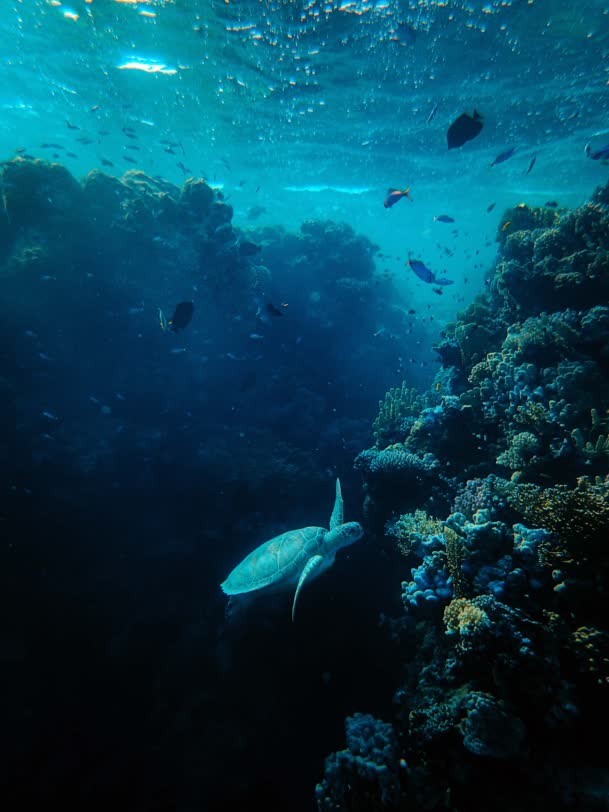- science
- sustainable industry
- Engage Nature
Preserving the integrity of the aquatic environment
The GLP Environmental Laboratory
Our laboratory provides biodegradability, bioaccumulation, and basic marine aquatic toxicity studies. The Environmental Laboratory supports researchers’ progress towards low ecological impact products, compliant with the environmental regulations, to help preserve the integrity of the aquatic environment.
The Environmental Laboratory is certified according to the OECD Principles of Good Laboratory Practices (GLP), which ensure the generation of high quality and reliable test data related to the safety of industrial chemical substances and preparations.
Mission
According to its Responsible Care policy, Lamberti S.p.A. puts a high priority on the protection of the environment. The Company's activities are focused on sustainable development to supply safer products to human health and the environment.
The Lamberti S.p.A. Environmental Laboratory in Albizzate, Italy, operates in perfect synergy with the overall environmental goals of the Company. The laboratory's first target is to ensure that products from Lamberti S.p.A. do not harm the environment. Our second goal is to provide our customers with a reliable resource for maintaining environmental compliance.
Our studies are certified to the widely recognized principles of Good Laboratory Practice, among the highest certifications a laboratory can achieve, and are internationally required to ensure the quality of ecotoxicological studies used to document chemicals' properties.
Sustainable Development

Our Good Laboratory Practice certified Environmental Laboratory works hand-in-hand with our Research and Development Departments, conducting the tests necessary to ensure that new products will reach the market with an environmental seal of approval. When R&D proposes a new chemical product, our ecotoxicologists are among the first on the scene, ensuring the product's environmental impact is understood and minimized.
The evaluation of potential environmental effects is crucial for the approval of chemicals.
One aspect is the toxic effects on plant and animal life that chemicals may have. These effects depend on the fate of the substances in the environment and the organisms exposed. Several tests have been developed to measure toxic effects on various parts of the biotic community. Our acute toxicity tests use marine algae (Skeletonema sp.) to determine any detrimental effects of a particular chemical on phytoplankton growth. Another aspect is the persistence of the substances in the environment. Therefore, collecting information on the potential for biodegradation is very important. Equally important is information on the potential for bioaccumulation. When a lipid-soluble substance enters through the biological membranes, it may accumulate to a higher concentration than in the environment outside the organism. This may cause toxic effects on living organisms.
Our strategy has propelled Lamberti S.p.A. to the forefront of developing and applying green chemistry.
